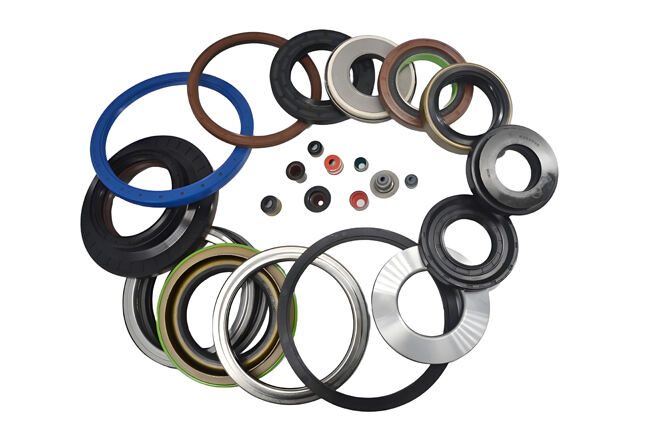Common misunderstandings in oil seal selection and avoidance strategies
1. Parameter matching misunderstandings
Excessive pursuit of high spring tension
It is wrong to believe that the greater the spring pressure, the better the sealing effect. In fact, excessive tension will accelerate lip wear and reduce dynamic compensation ability. Studies have shown that for every 0.1N/mm² increase in spring pressure, the life of the friction pair is shortened by about 30%. It is recommended to accurately calculate the spring tension according to the shaft diameter.
Ignoring media compatibility
Incorrectly selecting NBR material in sulfur/acidic media will cause the seal to swell and fail. At this time, fluororubber (FKM) or polytetrafluoroethylene (PTFE) composite materials should be used instead.
2. Installation and operation misunderstandings
Consequences of incorrect operation and correction solutions
Over-tight installation of the seal ring will cause abnormal wear of the sleeve and reduce the axial compensation ability of the seal ring. The axial thrust should be kept ≤15N (controlled by a torque wrench).
Using hammer installation causes deformation of the metal skeleton and excessive eccentricity of the seal lip. Special hydraulic installation tools are required.
Untreated shaft surface defects grooves/burrs will scratch the sealing lip. Before installation, the shaft surface roughness Ra≤0.4μm must be ensured and phosphating must be performed.
3. Misunderstandings in lubrication management
Excessive oil filling
When the grease filling volume exceeds 50% of the bearing cavity, the oil seal is subjected to additional pressure, resulting in a 40% increase in the probability of oil leakage. It is recommended that the grease lubrication volume be controlled at 1/3-1/25 of the cavity volume.
Improper viscosity selection
The incorrect use of high-viscosity lubricating oil under high temperature conditions (120℃) will lead to the accumulation of friction heat. Synthetic ester oil (viscosity index180) should be used in conjunction with heat dissipation oil seals.

 Hot News
Hot News